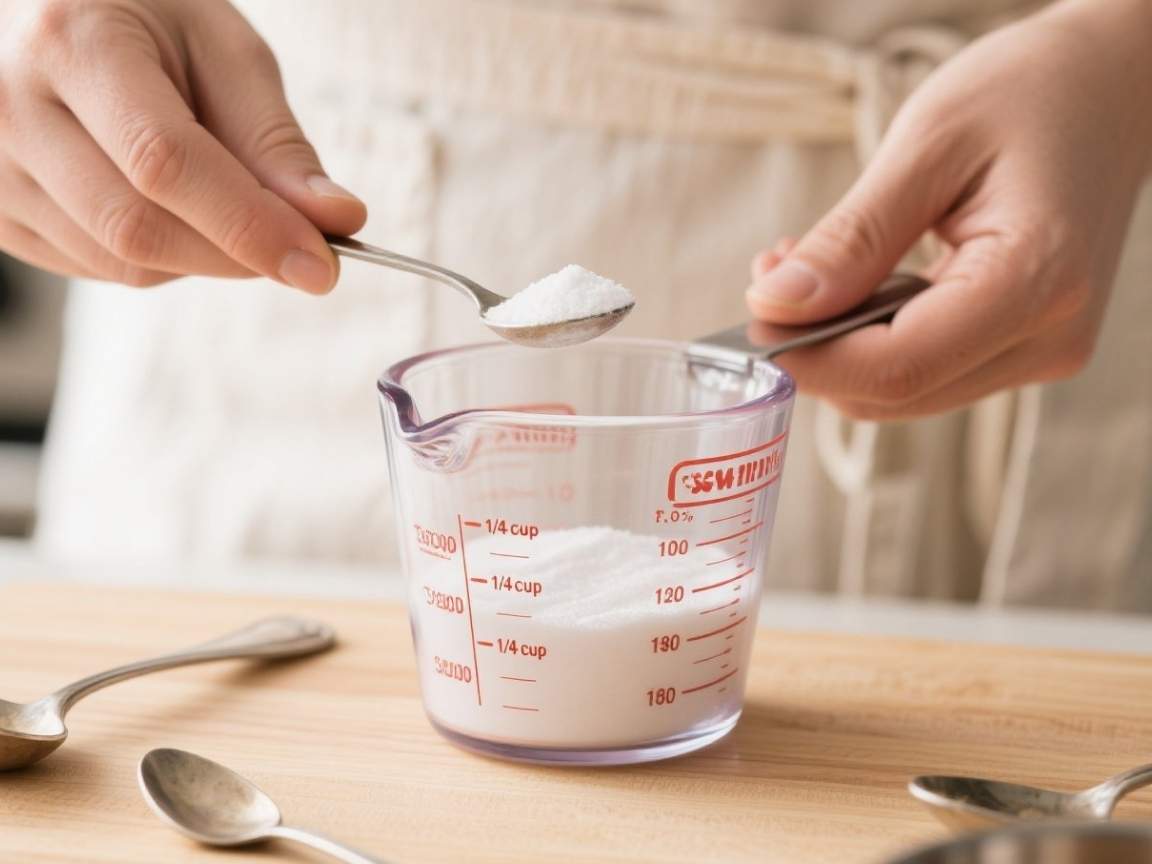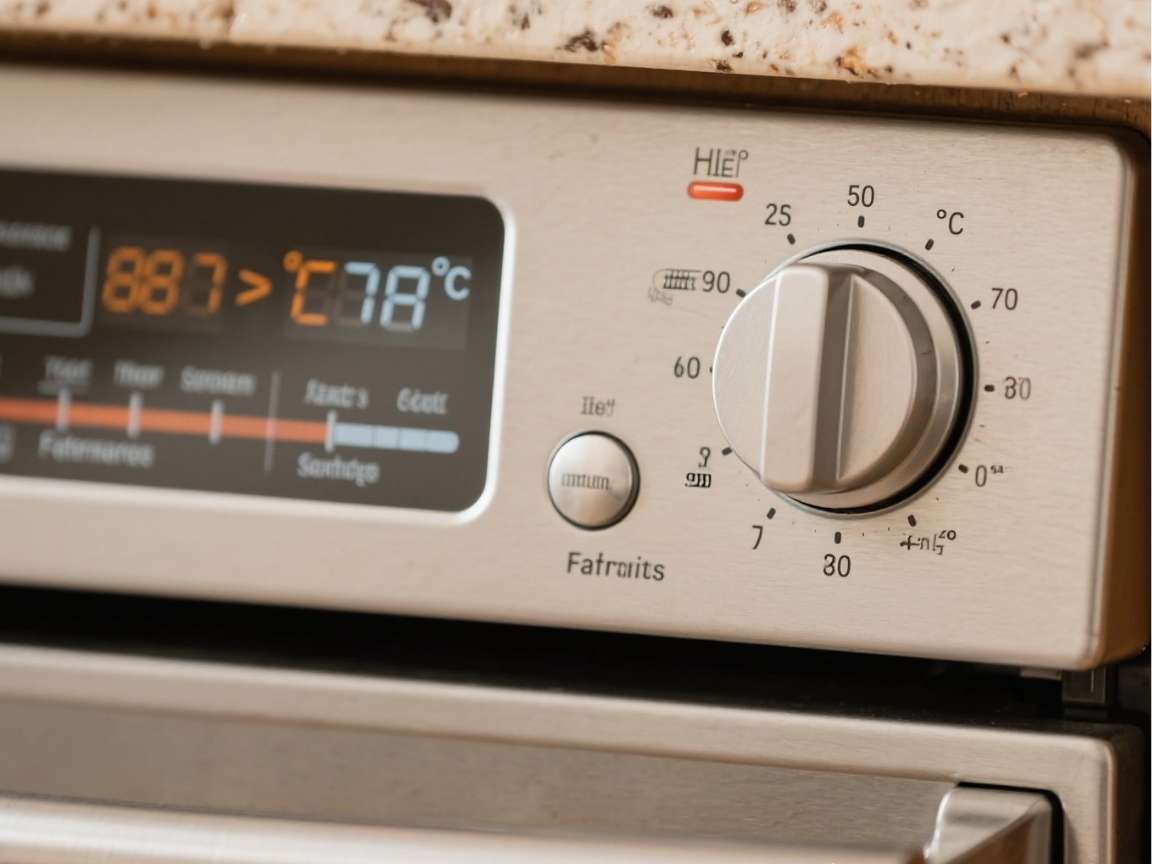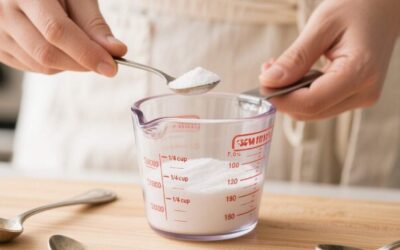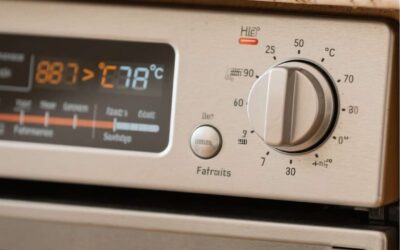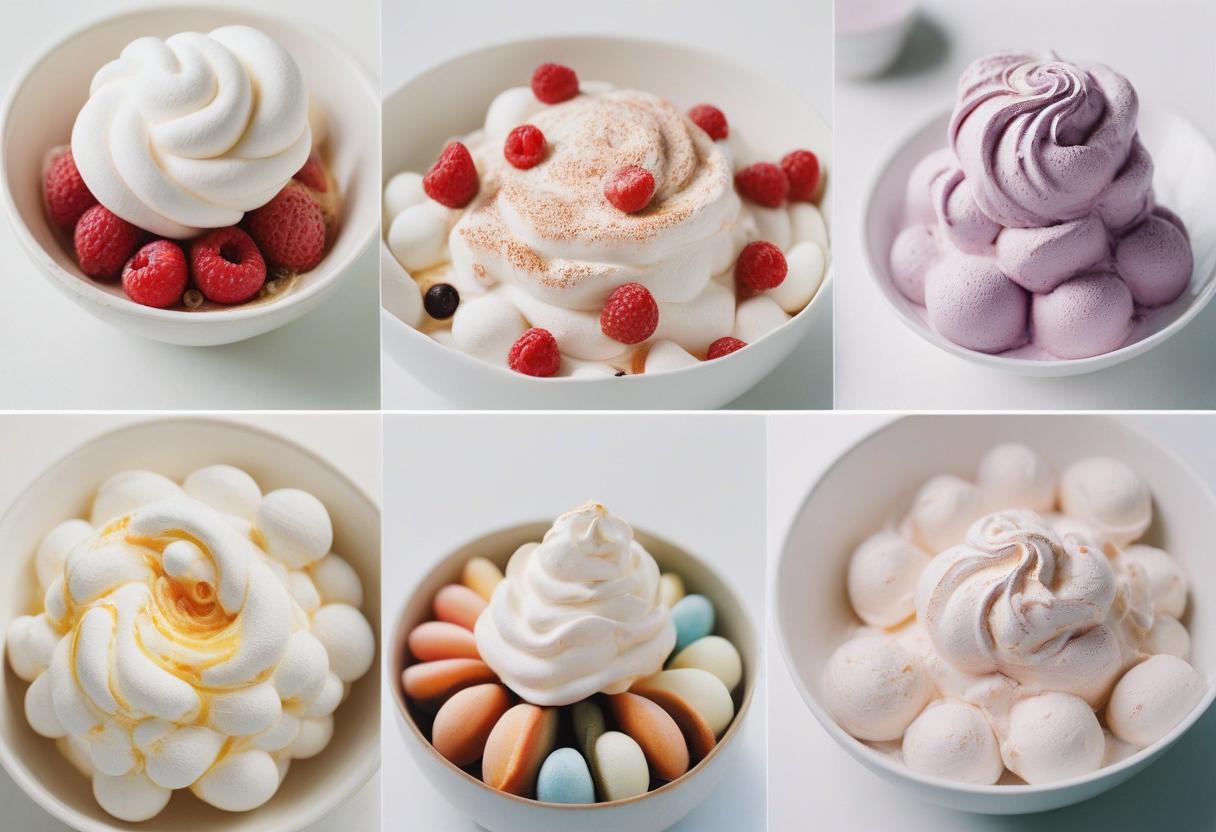Foams are more than just an aesthetic touch in the culinary world. Whether whipping up a delicate meringue or creating a savory mouse, foams are the secret to light, airy, and indulgent textures. At their core? Proteins. These versatile macromolecules hold the power to trap air, creating structure and lift in some of our favorite dishes.
But what exactly makes proteins so good at forming foams? And how can you harness their properties to create culinary masterpieces at home or in a professional kitchen? This blog explores the science behind protein foams and gives you five must-try recipes that will elevate your foam game.
What Are Protein Foams?
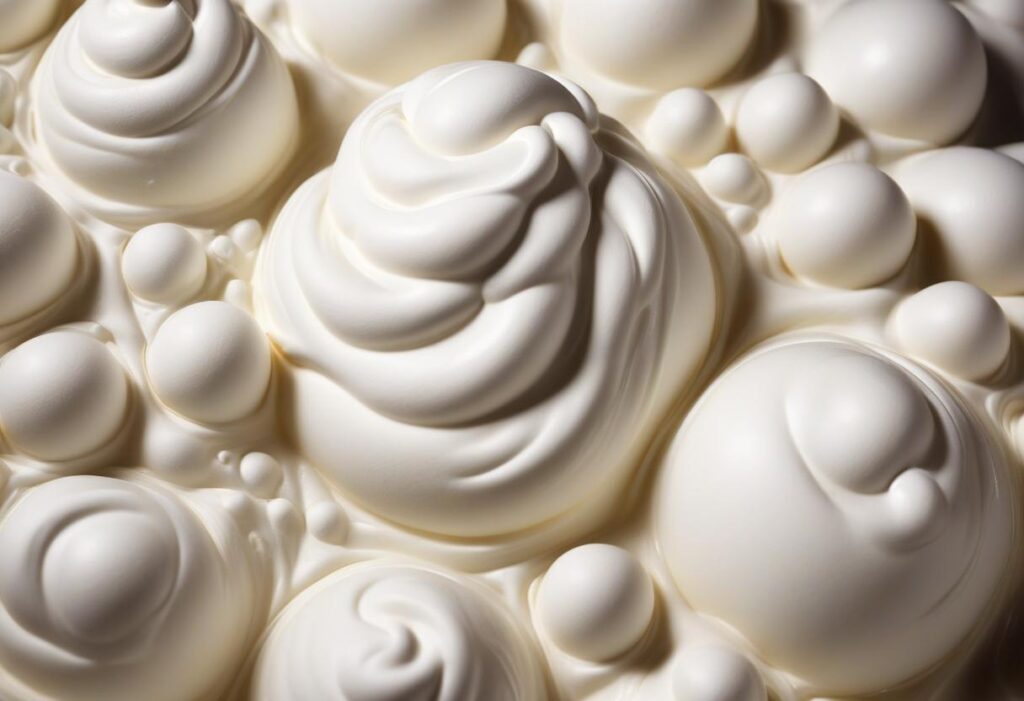
Protein foams are created when proteins trap air, forming a stable network of bubbles. This airy structure can be seen in whipped cream, meringues, mouse, and even espresso crema.
Proteins in ingredients such as egg whites, milk, and legumes are excellent at forming foams because they unfold when whipped or heated. Once unfolded, these strands stabilize the air bubbles, preventing them from collapsing.
Foams can have various textures and flavors-rocketing them to the forefront of both traditional and modernist cuisine.
Factors for a Good Protein Foam:
Stable Proteins: Proteins like albumin (found in egg whites) are praticularly foam-friendly due to their structure.
Whipping or Beating: Mechanical force incorporates air while unfolding proteins to create a network.
pH & Additives: Adjusting pH with an acid, such as lemon juice, or adding sugar can enhance stability.
Why Use Protein-Based Foams in Cooking?
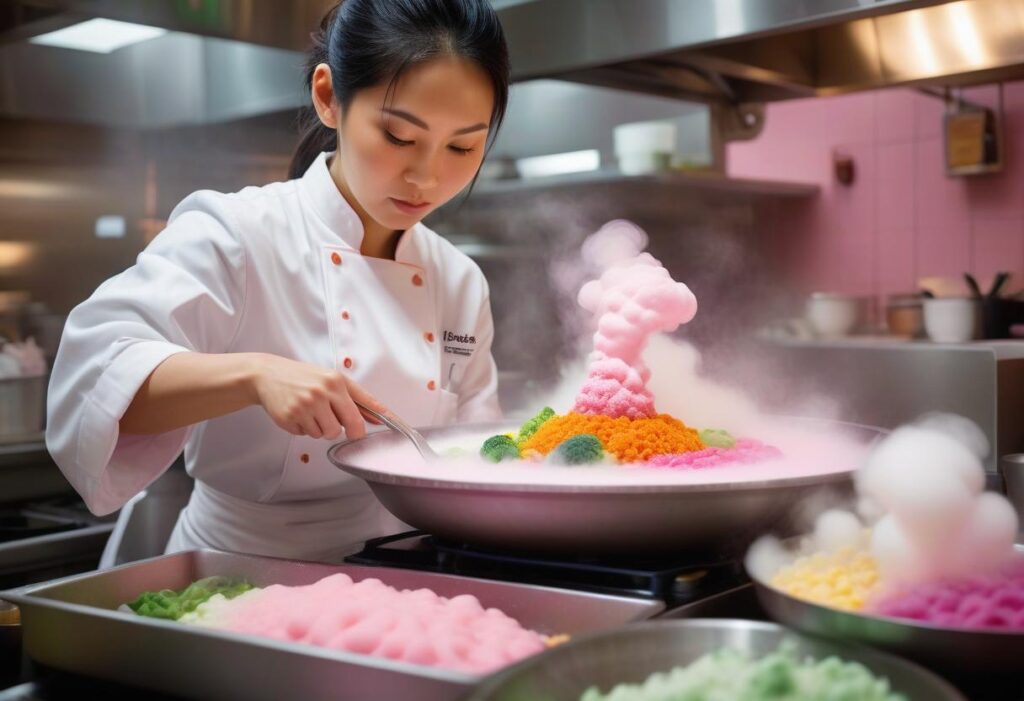
There are several reasons protein-based foams reign supreme in the kitchen:
Texture: Add an airy, light consistency to dishes.
Volume: Stretch batter or mixtures to bring more life to recipes.
Flavor-Balancing: Deliver delicate flavors without overwhelming the dish.
Visual Appeal: Create stunning layers or a dramatic plating effect.
No matter your culinary expertise, protein foams can transform everyday ingredients into dazzling dishes.
5 Recipes That Use Protein to Form Foams
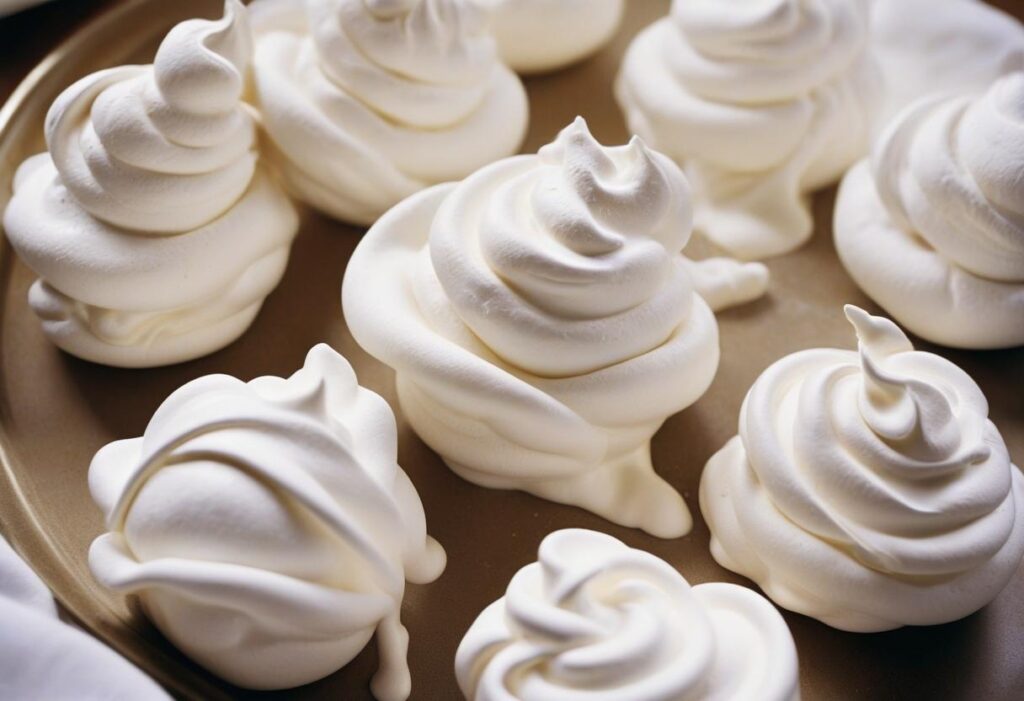
Now that you know the science behind protein foams, it’s time to put them to use. Here are five recipes that highlight how proteins create delectable, airy delights:
Classic Meringues
Meringues are the quintessential example of protein foams, with egg whites taking center stage.
Ingredients:
Four egg whites
1 cup granulated sugar
1 tsp lemon juice (stabilizer)
Instructions
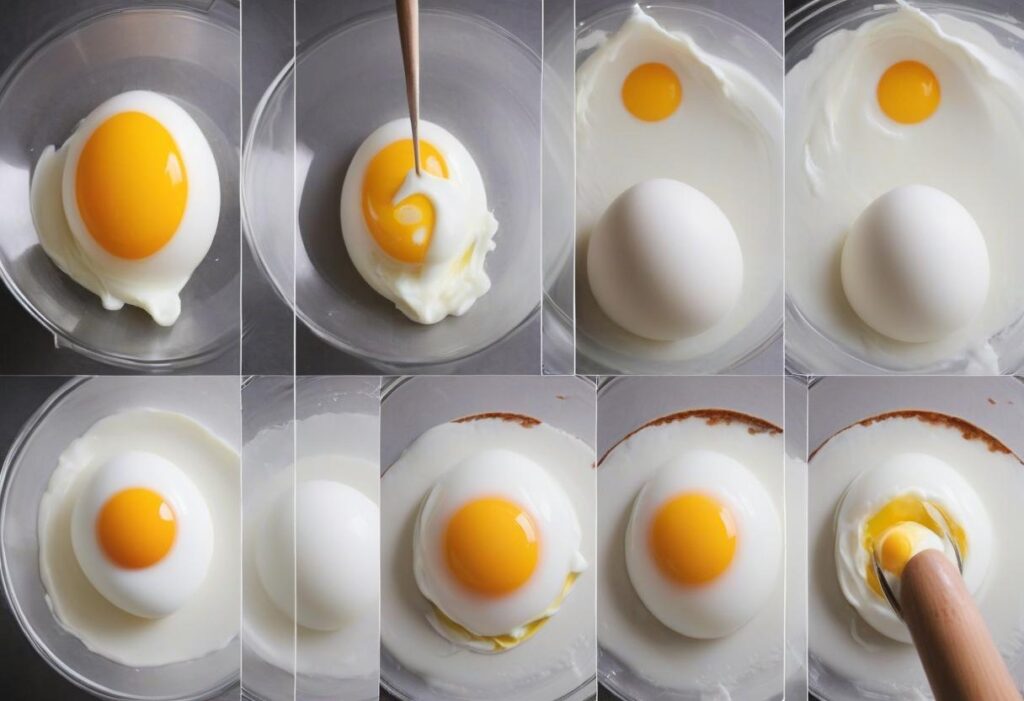
Whisk the egg whites in a clean, dry bowl until they form soft peaks.
Gradually add the sugar while continuing to whisk, allowing stiff peaks to form.
Add lemon juice to stabilize the foam.
Scoop or pipe onto a lined baking sheet and bake at 200°F (90°C) for 1.5–2 hours, until crisp.
The result? Light, airy, and utterly delicious clouds of sweetness.
Espuma (Savory Foam)
Popular in molecular gastronomy, pumas are savory foams often whipped using a siphon and gelatin.
Ingredients:
- 1 cup vegetable broth
- 1 Tbsp gelatin or agar-agar
- Salt and spices to taste
Instructions:
- Heat the broth and dissolve the gelatin completely. Add spices for flavor.
- Pour the mixture into a siphon and charge it with two gas cartridges.
- Dispense the foam over warm vegetable dishes or as a garnish for soups.
The protein in the gelatin stabilizes the foam, creating a savory highlight for modern plates.
Aquafaba Chocolate Mousse
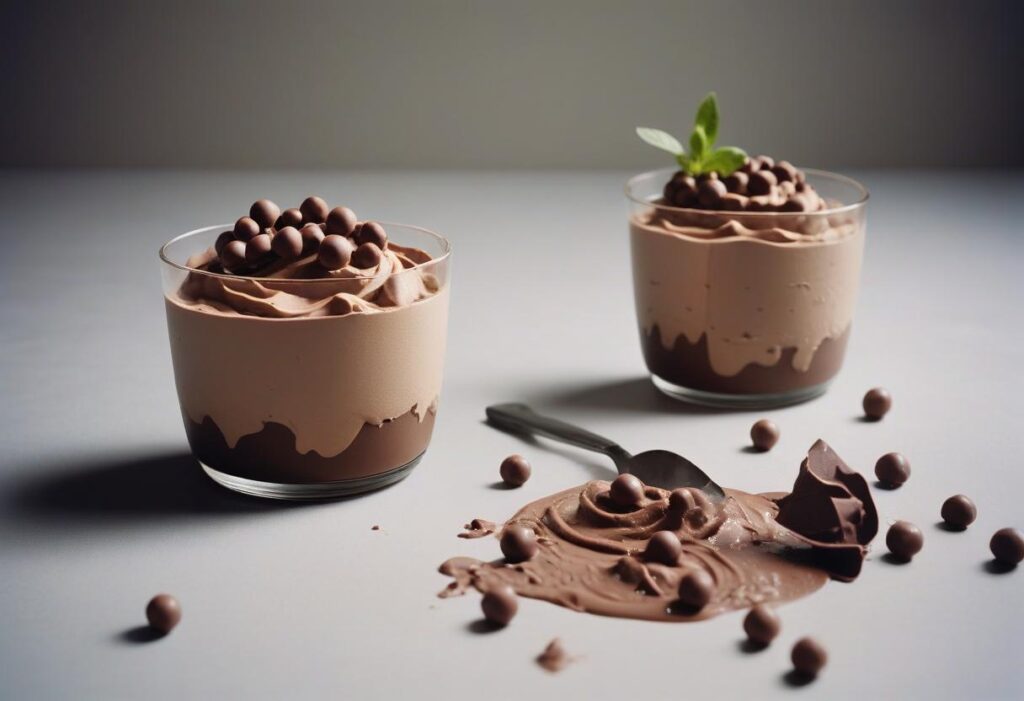
Turn chickpea water into a decadent dessert with this plant-based mousse recipe.
Ingredients:
- 1/2 cup aquafaba (chickpea water)
- 6 oz dark chocolate, melted
- 1 tsp cream of tartar
Instructions:
- Whip aquafaba using an electric mixer until stiff peaks form—this may take up to 8 minutes.
- Gradually fold in the melted chocolate, ensuring the foam stays intact.
- Chill for 2–3 hours before serving.
Aquafaba boasts proteins that mimic egg whites, offering a vegan-friendly alternative to classic foamy recipes.
Soufflé
Soufflés are show-stopping examples of protein foams working their magic both in batter and during baking.
Ingredients:
- Four eggs separated
- 1 cup milk
- 1/2 cup flour
- 1/2 cup grated cheese (for savory) or sugar (for sweet)
Instructions:
- Whisk the egg whites until stiff peaks form. Set aside.
- Prepare a base by whisking together egg yolks, milk, cheese, or sugar.
- Gently fold the egg whites into the base, keeping as much air as possible.
- Bake at 375°F (190°C) for 20–25 minutes until puffed and golden.
The egg whites provide an essential lift, resulting in a light and decadent dish.
Whipped Cream (with a Protein Twist)
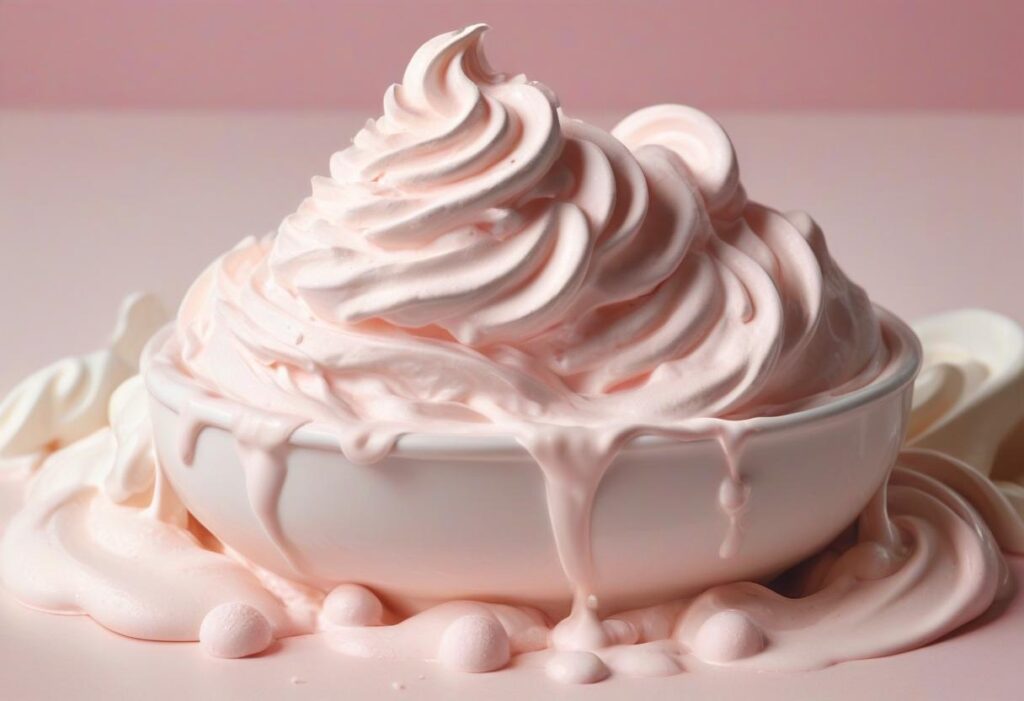
Did you know proteins in heavy cream help stabilize this classic foam, giving it that lush texture?
Ingredients:
- 1 cup heavy whipping cream
- 2 Tbsp powdered sugar
- 1 tsp vanilla extract
Instructions:
Using a cold bowl, whip the cream until it thickens.
Slowly add sugar and vanilla, whipping until soft peaks form.
Be careful not to overwhip, as the foam may collapse.
A great addition to desserts, this simple recipe highlights the stabilizing capability of dairy proteins.
Protein Foams Beyond the Kitchen
While culinary uses are the star, protein foams have applications in food science, molecular innovation, and even aerated food packaging. Understanding how proteins interact with air is key to mastering both traditional recipes and modernist creations.
Tips for Perfect Foams:
Use room-temperature ingredients for optimal protein unfolding.
Ensure no grease or fat contaminates your mixing bowl – fats will destabilize foams.
Consider additives like sugar and acids carefully to modify foam behavior.
Elevate Your Cooking With Protein Foams
Protein foams are an incredible display of how science and culinary art can combine to create something magical. From savory espumas to delicate soufflés, proteins’ versatility opens up endless possibilities in the kitchen.
Want to experiment more? Gather your ingredients and start whipping! And don’t forget to share your creations with fellow foodies—because nothing brings a community together like the joy of cooking.











